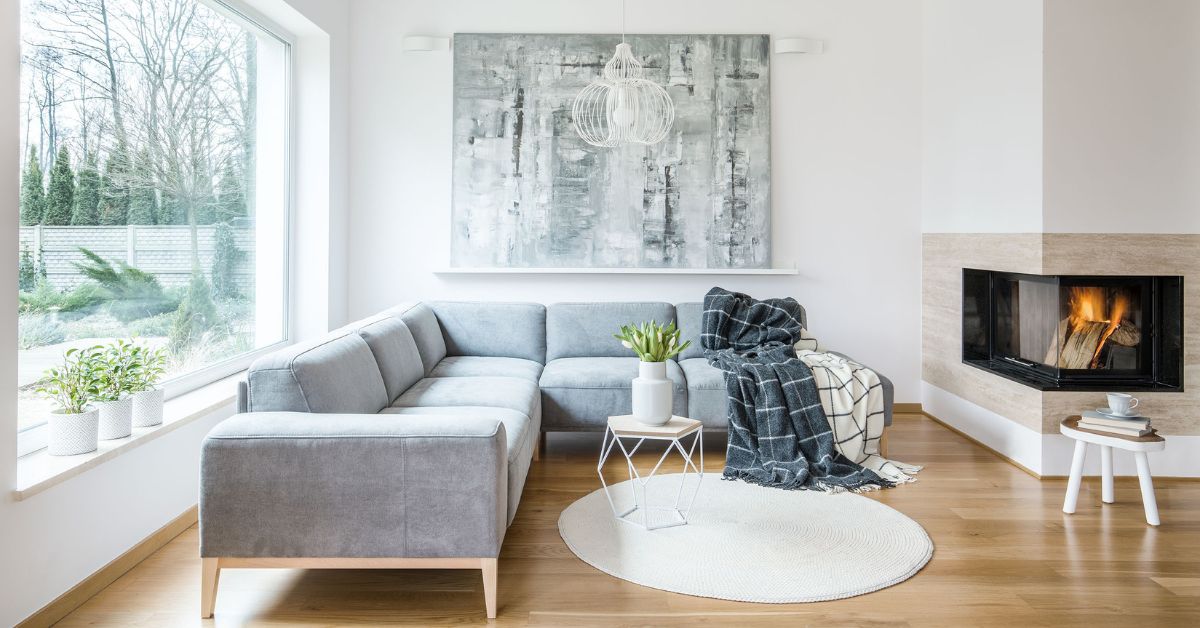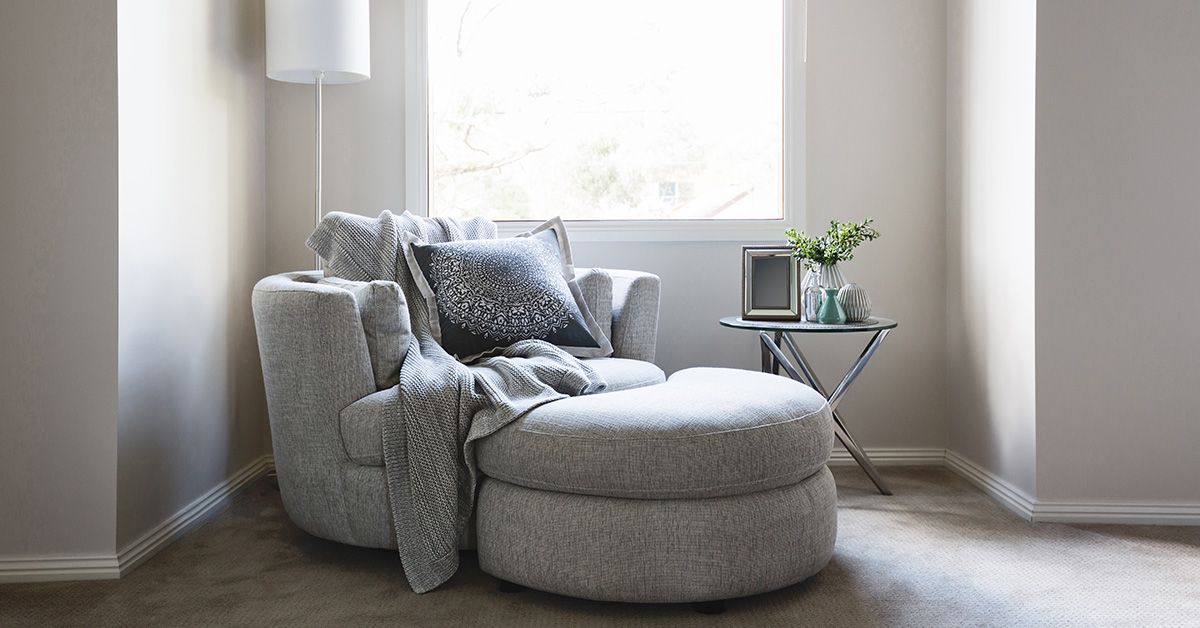Expert Advice - Andrew Winter’s Top Tips to Sell Your Renovation Project
Classic designs and quality fittings have what real estate agents call 'mass appeal'.
Understanding Mass Appeal
“Mass appeal” simply means something which appeals to most people. But if it’s just another way of saying “really popular”, then surely most people design or refurbish their homes in a way that has mass appeal — don’t they?
I could fill a novel attempting to define mass appeal in house design. It’s a complex topic because it involves human emotions and perceptions rather than facts and figures. Luckily, there are a few fundamental elements that define what your home should encapsulate to give it broad appeal. Whether we want to admit it or not, we all crave a house with mass appeal because we want people to love our homes — that’s one of the basic reasons for renovating.
Why do I feel qualified to comment on this? Twenty-five years of selling real estate alone would not be enough. What has really helped me understand mass appeal is the diversity of areas and demographics I have been involved with during those two-and-a-half decades.
A Time and Place
If you plan to build or renovate and you really don’t care what people think about your home design, mass appeal doesn’t matter. But if you plan to sell or want people to actually like your home, then understanding what appeals will help you build or renovate successfully. Your chances of selling for a top price are considerably increased if you have a home with mass appeal.
House designs that are typical for an area and appropriate for the climate and location vary widely across the world. Imagine a Queenslander in the middle of a quintessentially English country village; it would look ridiculous. Yet that same house design in an established, older-style inner-Brisbane suburb would arguably command a price premium and would be considered a home with mass appeal for that area in this time. I add time into the equation because in decades gone by, a classic Queenslander may have been totally unappealing to most.
The Classics
The first principle to understand is that there are few, if any, home designs that work for everyone, everywhere. In my opinion, the only Australian design elements that seem to spread their wings are classic styles, such as the simplicity of an inner-city terrace, the grandeur of larger terraces, the Queenslander and the Californian bungalow. Most people love these styles as long as they are presented in good condition and have not been massacred with revolting windows or hideous add-ons.
We love these homes because in them we see something that has stood the test of time. We can see the beautiful craftsmanship and attention to detail — all rare elements in today’s fast-paced housing market. The other reason we embrace classic housing is the materials used, which we associate with quality such as dressed or hand-cut stone, beautiful detailed brickwork, ornate metalwork, hardwoods, timber windows and stained glass.
Look Local
The second principle of mass appeal is about following the local vernacular. Vernacular architecture is house design that follows a local theme and style. That design may be borne from a climatic condition or the type of environment the home is located in, such as an inner-city or country environment. Following the style of the local area is always a safe bet if you’re after mass appeal. Of course, you can interpret that style in many different ways, but taking it into account can add those extra appeal ingredients.
Building a typical project home in a pretty old country town is a classic mistake and such a shame. Buyers may be moving to the area from an estate house, so what they want is a home that says “country town”, not “out-of-town” suburban.
Also, don’t forget about scale. A big mansion in one suburb may look stunning, but in a street of small, modest homes it will look ridiculous. Sometimes it is possible to break the mould in an area, however this is very tricky and even if it does appear unique, the design should still pay homage to the local vernacular.
Line it Up
The third principle concerns symmetry, shape, scale and thinking about the home’s design from all angles. To achieve symmetry, you need to have some form of balance between the window placements and sizes, and consider how features or design elements are located on the building’s façade. The shape of the home and the look of the roofline from the street play a key role in the home’s aesthetic. Watch out for flat roofs that can “squash” a building if not integrated correctly, or can simply look like the roof is missing.
The scale should be driven by the home’s surroundings — you don’t want it to look too big or too small. With sloping blocks, you must understand how that slope will impact the design. On a downwards block, your single-level home could look like it has disappeared. Alternatively, upward-sloping land tends to magnify your home, which is only good if you have the proportions right.
Know Your Block
The fourth principle is to acknowledge the features of your block. Never design your home without taking into account your land, the aspect, and of course the orientation. A good design can be ruined by windows that miss out on views or a layout that does not allow plenty of natural light into the home. Consider everything, from how you can hide your washing line and bins to the amount of sun in your outdoor areas.
When you design from scratch you can choose the position of every window, entry and exit point, so think about the aspect of each one; you may have trees, neighbours or a road to take into account. Link your floorplan layout correctly so the best aspect for the home is not from the laundry or the entry next to the washing line (unless the line is successfully screened).
Go For The Trimmings
The fifth principle is vital for the pursuit of mass appeal. Never sacrifice specification for an extra few square metres. A bedroom that is 4m x 4m with a basic specification will not be more popular than a room measuring 3m x 4m that has great lighting, stylish robe fittings, mouldings, bulkheads and higher ceilings. This focus on quality and style rather than a few extra square metres shows a fairly recent shift in public attitudes and mass appeal.
Plan Ahead
The sixth principle is a tricky one. It’s about knowing whether or not to follow a trend. After establishing what the latest styles are, you’ll need to think about whether they’ll have any longevity. Desirable colours and materials are ever-evolving so choose wisely and you may get more than 10 years out of your choice. If you join a trend towards the end of a cycle, your design may look “last year” before its third birthday!
The only design trick I know that seems to work is to try researching house designs, materials and features of new homes and renovations at the very upper end of the market. Study magazines such as this one and look for trends in property adverts. A design trend often starts at the upper end of the market, often in Europe or New York, and it is only seen in the upper sector of our market for a few years. At this point it will be prohibitively expensive, but you can still take inspiration from it. What eventually happens is that many of these trends become more affordable and more readily available, or perhaps even toned down. However, once they reach the bargain DIY stores, the trend is beginning to wane. To add to the confusion, some trends have years of life left in them even after hitting the DIY stores, while others die off pretty quickly.
Go Your Own Way
These six principles should help you create a home that you — and the market — will love. Of course, when choosing a design it’s important you are happy with it; if you really don’t care what people think, you actually run the serious risk of not liking it either, so beware. Mass appeal has its place. When people see your new home, there is nothing better than receiving numerous — often unexpected — compliments.
Project: Paddington House
Architect: Architect Prineas
Photography: Brett Boardman
This article was provided by www.completehome.com.au
Share



